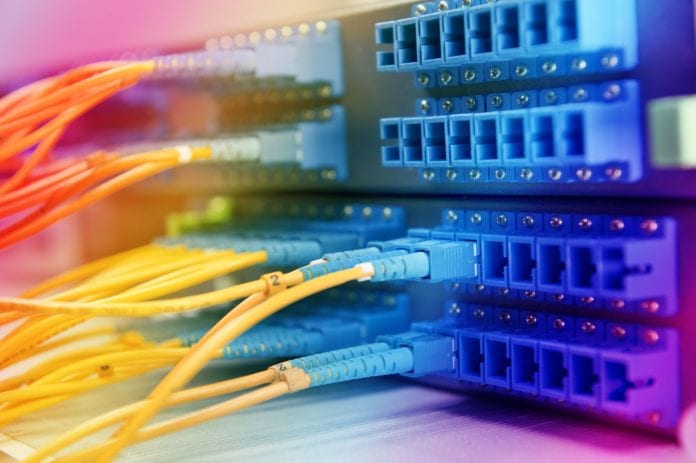Switching switches
Service providers are increasingly making network components virtual, including network switches. They have been regarded as an effective way to address various hurdles with server virtualization. But what exactly are virtual switches, and how do they compare and contrast with physical switches?
Physical switches
A physical network switch is a hardware device used to connect devices and enable communication across a network. The physical network port of the hardware device is usually physically linked to an associated port at the switch. Physical switches help guide the flow of network traffic by forwarding packets of data to a designated device, enabling a variety networking functions in return.
Virtual switches
Similar to physical switches, virtual switches enable network components, like virtual machines, to communicate with each other, where a virtual machine acts as a kind of operating system that imitates dedicated hardware. Additionally, just as the physical network port of a device is connected to a port at the switch, a virtual machine and its associated virtualized network adapter are connected to a switch. This requires creating virtual switches with a hypervisor, which hosts multiple virtual machines on a single piece of computer hardware. They are also similar to physical switches in being isolated, which thwarts virtual machines from sharing resources with each other.
Differences
Virtual switches provide greater flexibility in configuration compared to physical switches. For example, if several ports are needed on a virtual switch, its properties can be edited and modified on demand. Physical switches, by contrast, require either the addition of switches or line cards to a chassis-based switch. Moreover, virtual switches don’t just help with network traffic flows. They are also intelligent. Whenever a virtual switch receives a data packet, it reviews the data packet prior to forwarding it to the designated device.
Benefits
Virtual switches have benefits as well as virtual machines attached to them. They boost security by leveraging isolation, control and content inspection methods between virtual machines, which helps deter inter-switch link attacks. Moreover, with virtual switches, network administrators can control them with a hypervisor. Additionally, virtual switches can help with the migration of virtual machines across physical hosts by eliminating the need to reconfigure each virtual machine. They can also enhance operational efficiency, improve communications and scale system bandwidth capacity.

